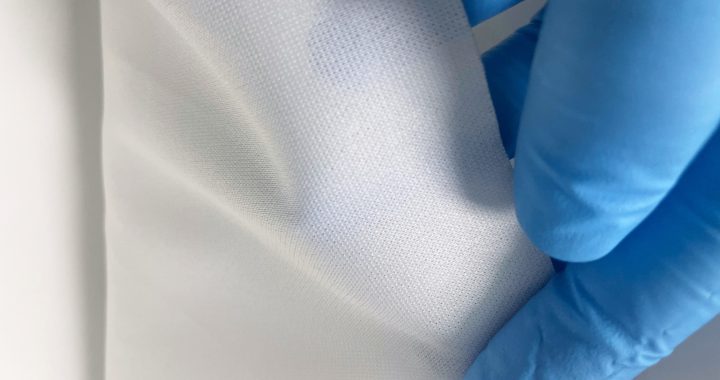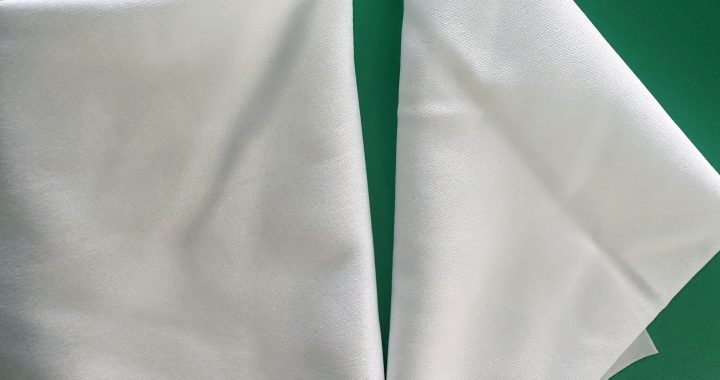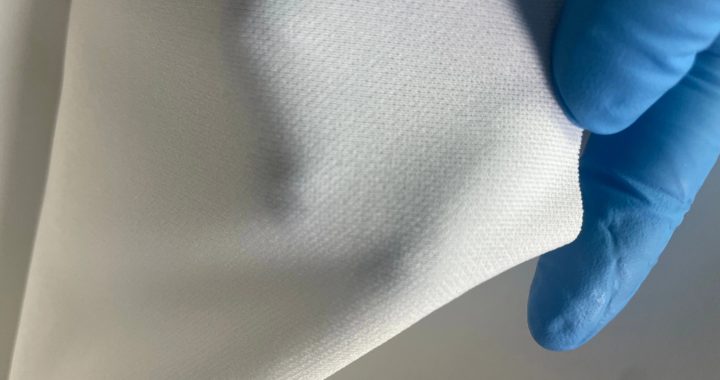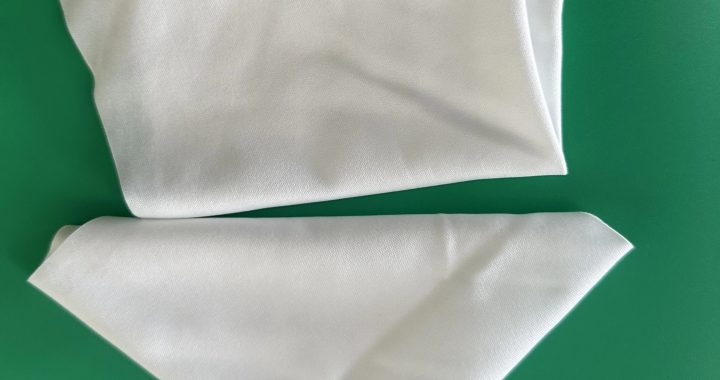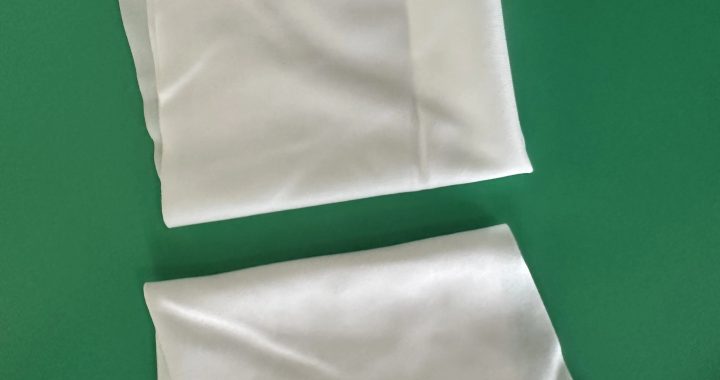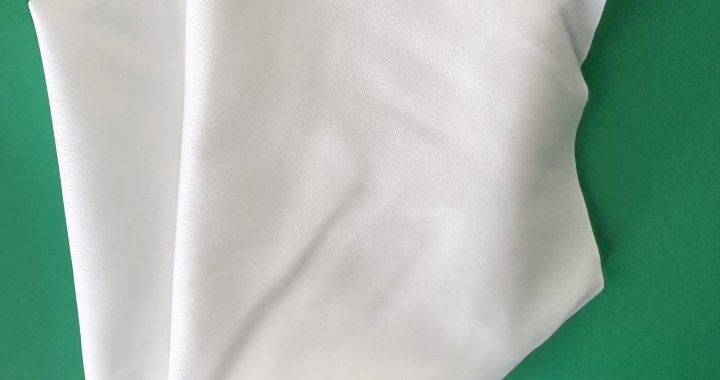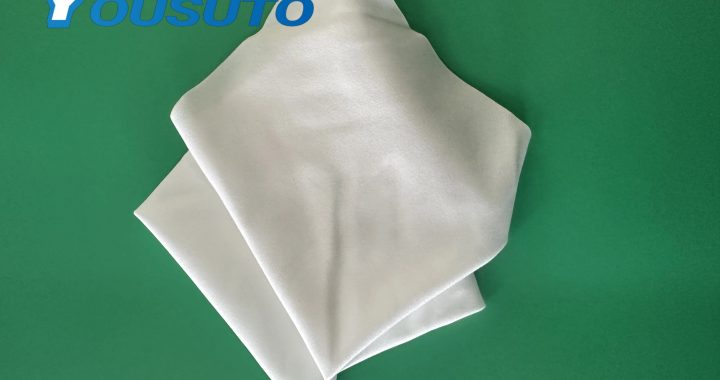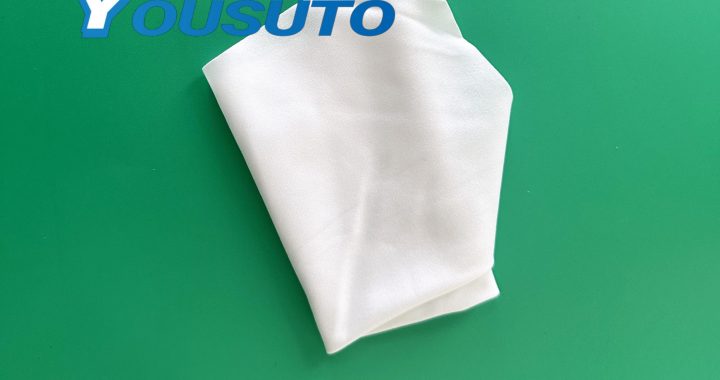Cleanroom wipes are essential for maintaining optical equipment in Class 100 laboratory and cleanroom environments. Pre-wetted or dry, lint-free, and anti-static, these wipes effectively remove dust, oils, fingerprints, and microscopic residues from delicate lenses, microscopes, and spectrometers. Anti-static properties prevent electrostatic discharge (ESD), protecting sensitive optical components. Proper wiping techniques, such as single-direction strokes with controlled pressure, ensure thorough cleaning without particle redistribution or surface damage. Using cleanroom wipes reduces cleaning time, solvent usage, and contamination risks, ensuring optimal performance and longevity of precision optical instruments.
Key Features:
-
Lint-free and anti-static for safe optical surface cleaning
-
Pre-wetted or dry wipes for flexible cleaning
-
Removes dust, oils, and microscopic residues
-
Reduces cleaning time and solvent consumption
Application Scope:
-
Maintenance of lenses, microscopes, and spectrometers
-
Optical equipment cleaning in Class 100 cleanrooms
-
Laboratory and precision research facilities
-
Semiconductor and high-tech optical device maintenance
